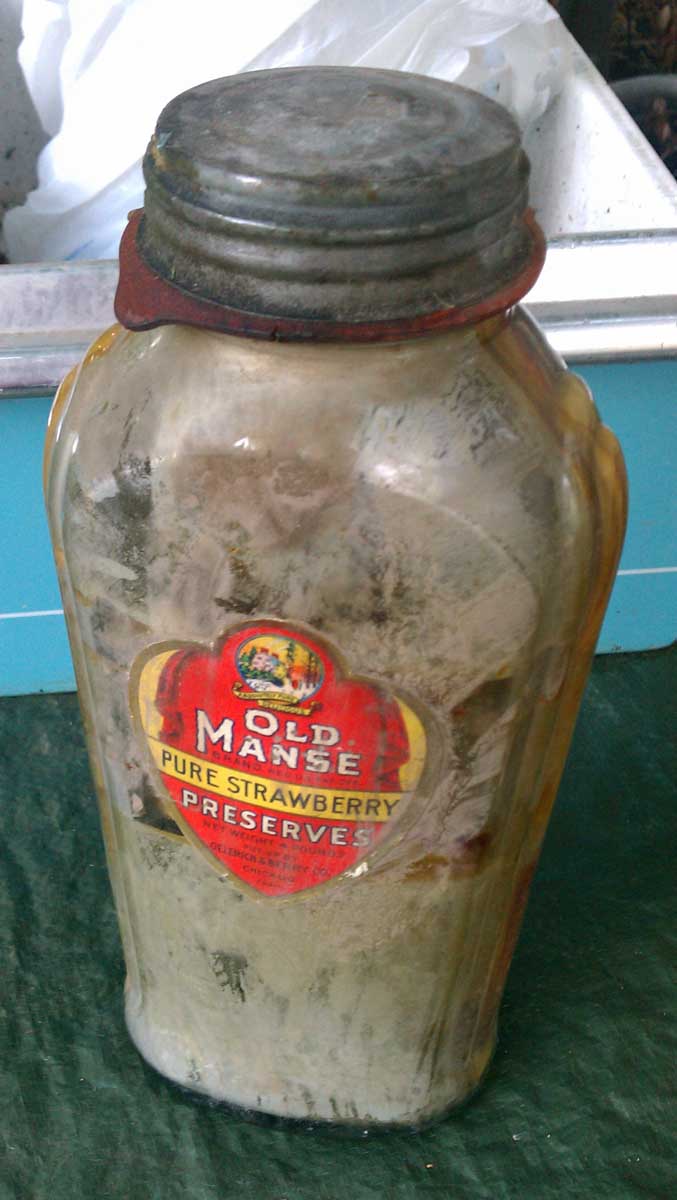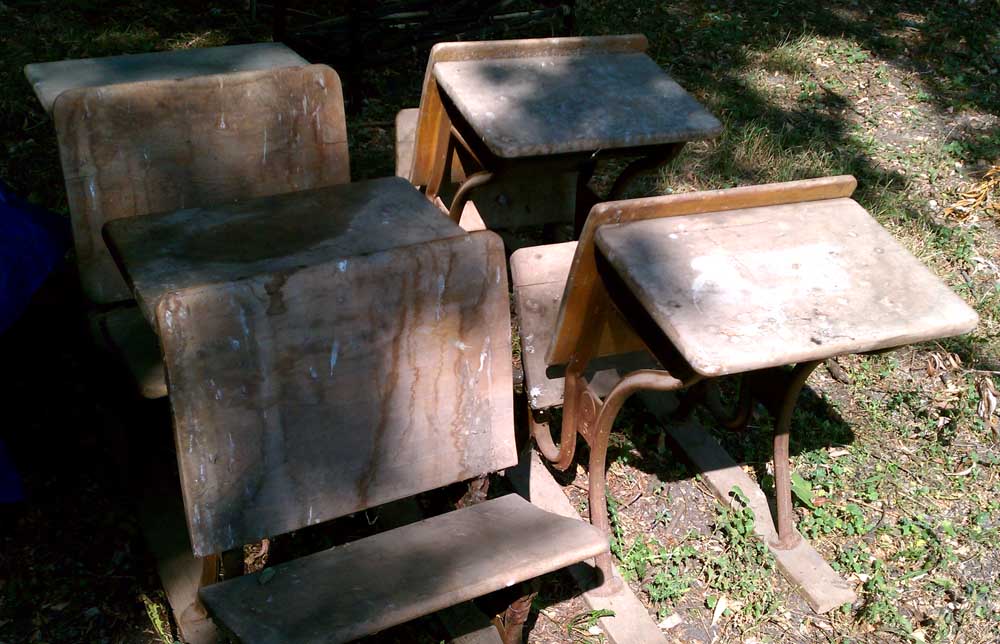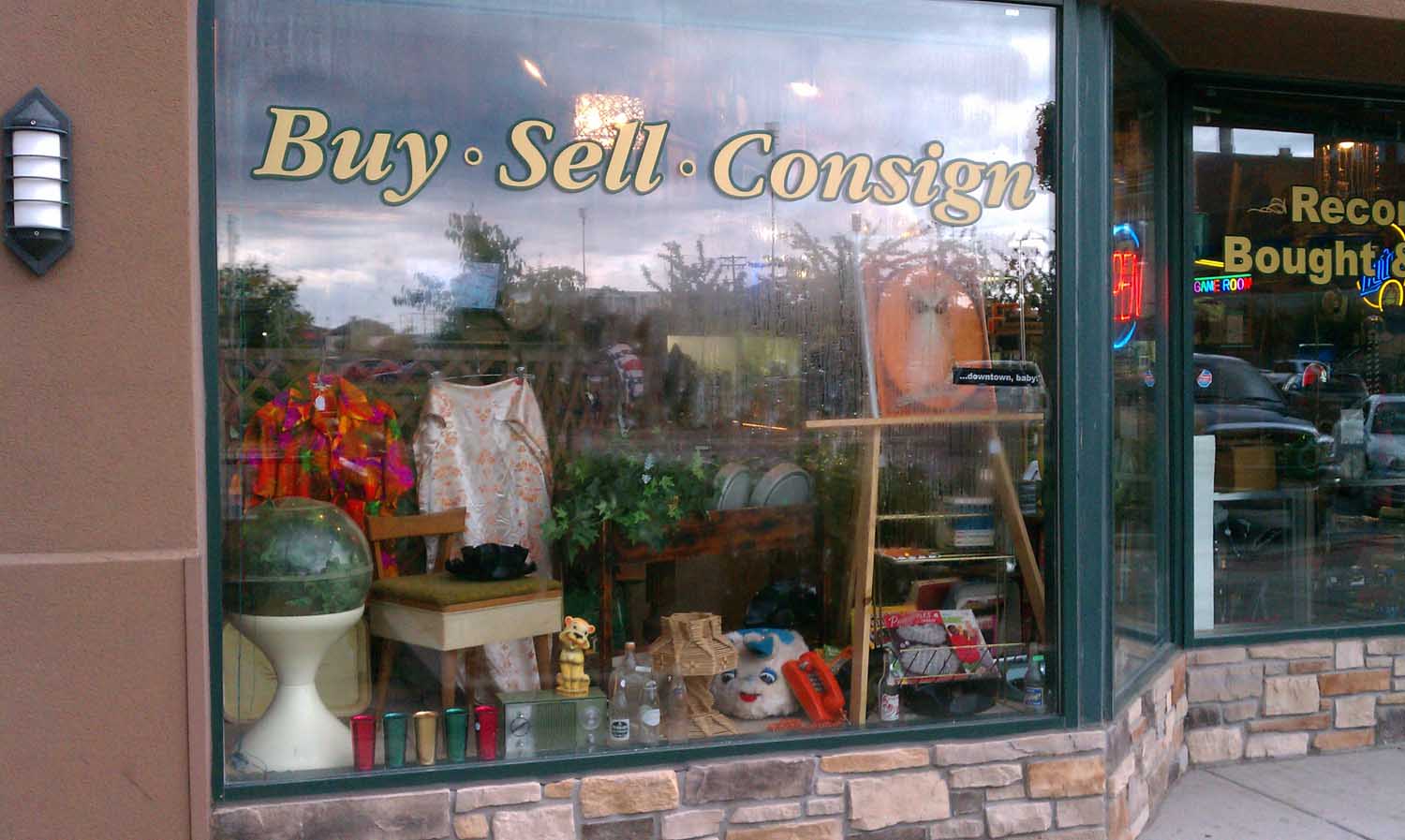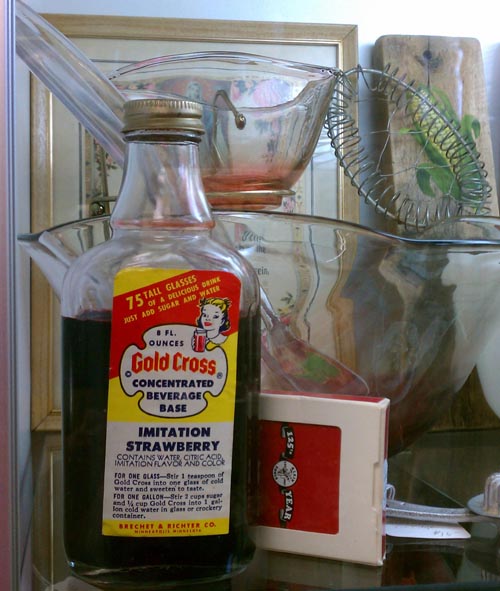Category: Articles
-

Preserving The Integrity Of An Old Glass Preserves Bottle
Sometimes I fall in love with things — to the point of obsession, or, as the hubby would say, to the point of stupidity. *wink* Today’s example is an old preserves jar. I knew that whatever was in this old glass jar was not a “good thing,” but somehow the metallic silver tone still sparkled…
-

Antique School Desks: Back To Antiquing Basics (Or How To Clean Antique Furniture)
While hubby and I thrill to go pickin’ for antiques in barns, there’s more than a little work involved in dealing with the not-so-nice side of “farm fresh”. “Farm fresh” really is an oxymoron; for the reality is that these items are typically covered in all sort of “ick” — like bird and animal droppings,…
-

About Antique & Collectible Appraisals
With all the work we do in antiques and collectibles, we are often asked about appraisals. Here’s what we know, and what we do. First of all, it is important to note that there is no such thing as a licensed appraiser in the United States of America. Unlike real estate appraisers, antiques appraisers (also…
-
We Have Your Collectibles Link Round-Up
We’ve been so busy this summer with selling at flea markets and increasing our booth space at Exit 55, that we’ve barely mentioned our writing here — but believe us, we’ve still been writing! We’ll try to do at least a weekly round-up of what and where we’ve been writing about antiques and collectibles. Here’s…
-

Vintage Flavoring Bottle
If you’re a collector of items or advertising from Minnesota companies, check out the vintage glass bottle of Gold Cross liquid “concentrated beverage base” in “imitation strawberry” flavoring currently in our case at Exit 55 Antiques. The syrup was made by Brechet & Richter Company of Minneapolis, Minnesota; here’s the article I wrote about the…